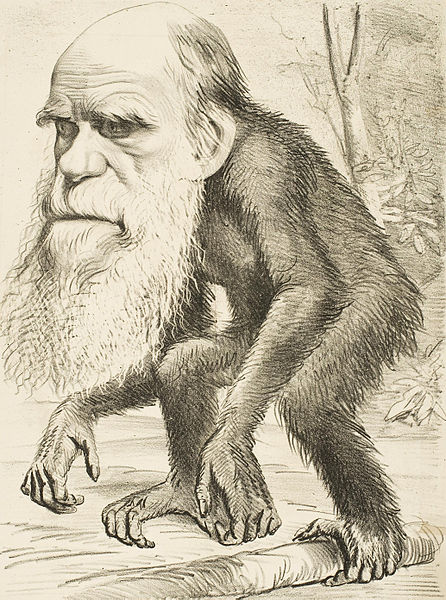Technology Has Enhanced Legal Education Significantly, But Its Essential Components Remain the Same
[Editor’s Note: This month, we asked a few veteran faculty members to share their reflections on what has changed the most in legal education since they became law professors. This is the fifth in the series.]
As I finish my twenty-second year as a law professor, I marvel at how technological advances and the proliferation of specialty courses have changed (and, in most instances, improved) legal education since I began my academic career in 1990. Yet I am mindful that the essential components of a high-quality legal education remain unchanged (e.g., an interactive and engaging academic environment that stimulates critical thinking, reasoned legal analysis, creative problem solving, an understanding of legal doctrine and policy, and the development of effective verbal and written communication skills).
There were no laptops in the classroom when I begin teaching twenty-two years ago, and handwritten exam answers were the norm. Now it’s rare to see any student without his or her PC during class.


